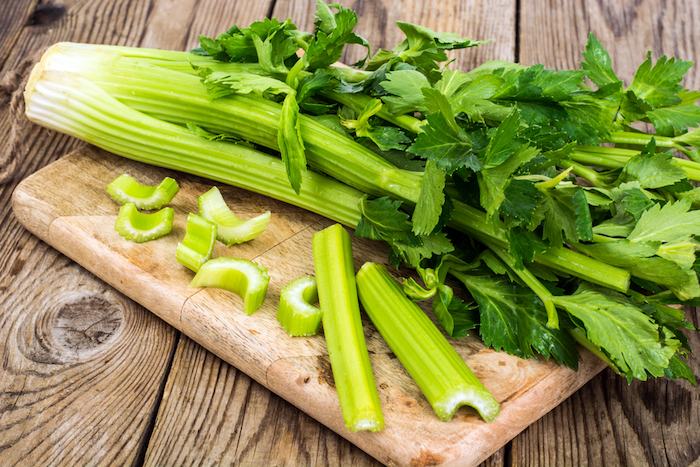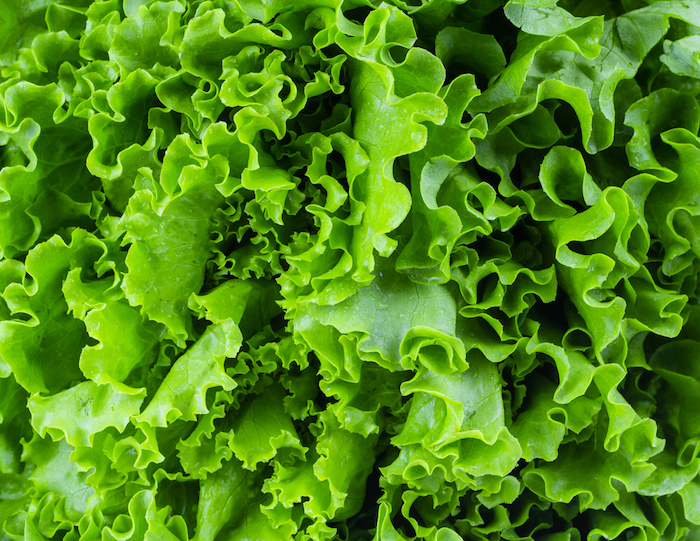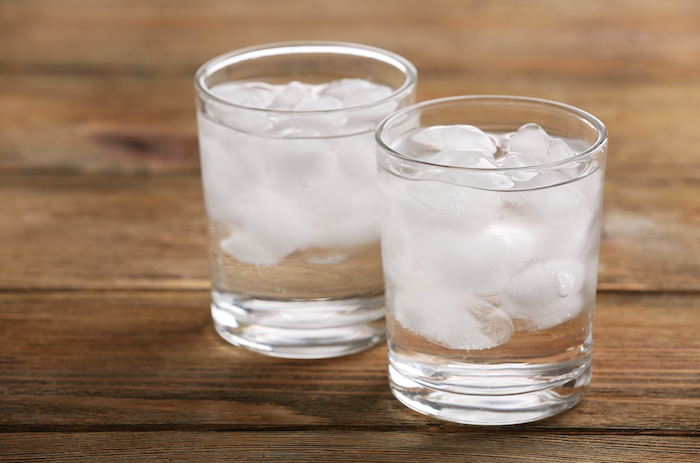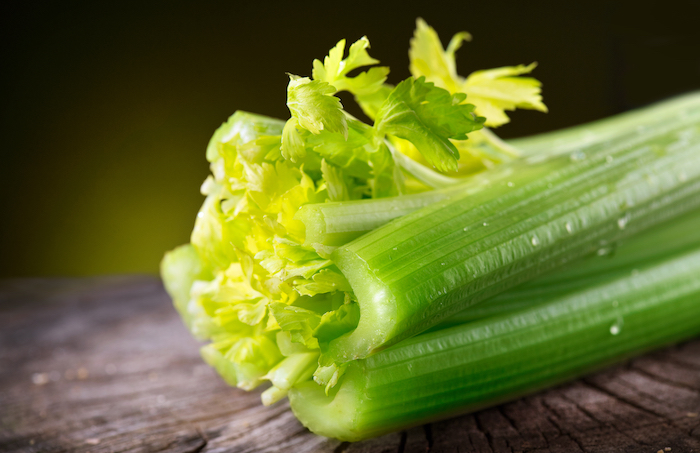The theory goes like this: since digestion is a function the body performs, it needs energy to do so. Calories are your fuel for everything from blinking to lifting, and the process of chewing, digesting, absorbing, metabolizing, and excreting food does indeed take up some of your fuel.
So it stands to reason that if you eat something that’s insanely low in calories, the body might use more calories digesting it than the food actually contains. The most incredible diet hack ever: eat food that, at the end of the day, helps you lose weight.

Do Negative Calorie Foods Exist?
“I hate to be the bearer of bad news,” says registered dietitian Emily Wunder, MSCN, RD. “But from what any current findings indicate, it’s not true. There’s no such thing as a negative calorie food.”
What gives? Well, we do indeed use calories when doing the work of digesting, but it’s simply always less than the calories the food provides.(1) We’ve evolved this way so that we wouldn’t starve to death.
“The Academy of Nutrition and Dietetics estimates that about 5 to 10 percent of the calories our body uses is on digestion,” says Wunder. “I’m sure it gets pretty close to negative with lettuce or celery but at the end of the day, it unfortunately won’t end up with negative calories.”
Won’t all that chewing burn calories? Not much — you’d have to chew an entire hour just to burn 11 of them.(2)

Is Celery a Negative Calorie Food?
Celery is very high in water and insoluble fiber and provides extraordinarily few calories: about 16 calories per 100 grams. A ton of water and insoluble fiber, very little energy.
There’s not a lot of research on the phenomenon of “negative calorie” foods — making it easier for these myths to perpetuate — but it seems likely that you’d burn maybe half of that digesting it.(3)(4)
Same goes for cucumber, lettuce, and other foods you hear thrown around in these discussions. Nothing is actually “negative.”

Is Ice Water a Negative Calorie Food?
What if something contains zero calories and the body burns calories when consuming it? That’s the question you hear about ice water. It’s calorie free and it’s so cold that the body burns a little energy bringing it to body temperature.
“Our bodies have to put out more calories to get our temperature back up,” says Wunder. “It’s a bit of a gray area with the exact numbers, but the current evidence is that it isn’t enough to make a negative calorie impact.”
A 2008 study tried to assess this difference and found that,
“Cooling the water before drinking only stimulated a small thermogenic response, well below the theoretical energy cost of warming the water to body temperature.”(5)
It might be about 5 calorie per glass, but that’s still a big maybe — there’s not much research on this.
More importantly, that wouldn’t be enough of a burn to make a significant difference anyway. Coffee is usually considered calorie free because it only has five calories per cup. Five calories does not make or break a diet.
[Do it the right way: check our our athlete’s guide to fat loss.]

The Takeaway
If you want to lose weight, certainly eating foods that are touted as “negative calorie” isn’t a bad idea. They are extremely low in calories: you can eat a whole kilogram of celery for 160 cals, though you’ll likely be so bloated with water and fiber that you’ll be unable to even reach that amount.
We’re not saying ultra low calorie foods are worthless, but if a calorie deficit is what you want, consuming fewer calories than you burn in a day is how to get there. You can eat celery and cold water to help with hunger, but make sure you’re not too drastically low on calories overall. Chat with a dietitian to work out how much you should eat for healthy, sustainable weight loss.
Featured image by Subbotina Anna/Shutterstock
References
1. Westerterp KR. Diet induced thermogenesis. Nutr Metab (Lond). 2004 Aug 18;1(1):5.
2. Levine J, et al. The energy expended in chewing gum. N Engl J Med. 1999 Dec 30;341(27):2100.
3. Raben A, et al. Decreased postprandial thermogenesis and fat oxidation but increased fullness after a high-fiber meal compared with a low-fiber meal. Am J Clin Nutr. 1994 Jun;59(6):1386-94.
4. Buddemeyer K, et al. Negative calorie foods: An empirical examination of what is fact or fiction. BioRxiv. 2019 Mar.
5. Brown CM, et al. Water-induced thermogenesis reconsidered: the effects of osmolality and water temperature on energy expenditure after drinking. J Clin Endocrinol Metab. 2006 Sep;91(9):3598-602.